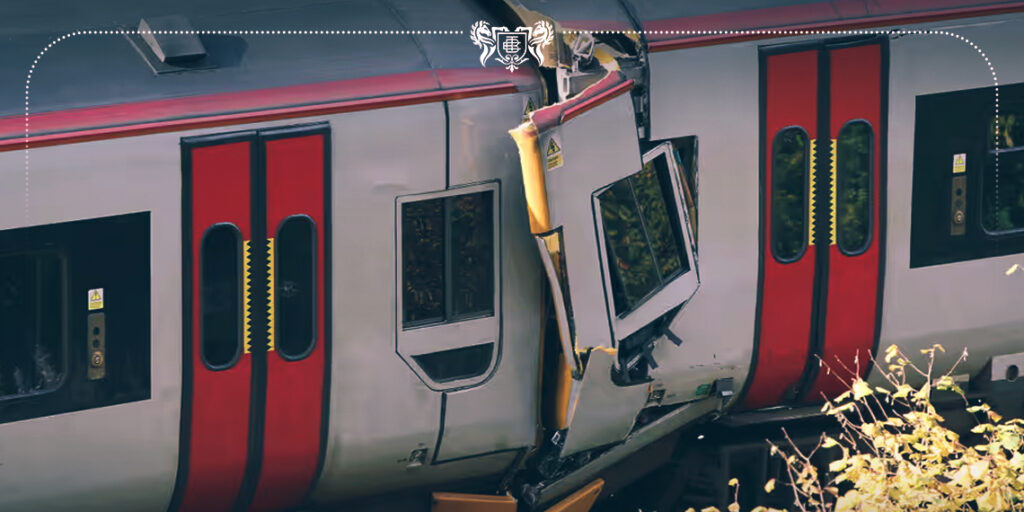On 21 October, a head-on train collision in Talerddig, mid-Wales, has been traced back to a malfunction in the automated system designed to enhance wheel grip by deploying sand onto the tracks, according to the Rail Accident Investigation Branch (RAIB). The westbound train, part of the Transport for Wales service traveling from Shrewsbury to Aberystwyth, experienced a critical failure in its sand dispensing system when it needed it most during a braking attempt.
The RAIB discovered post-crash that the sanding hoses on the train’s leading vehicle were blocked, preventing the sand from aiding wheel traction at the necessary moment. The onboard data recorder indicated that the train had begun braking before reaching a designed passing loop but failed to maintain traction. The track inspections revealed notably low levels of wheel-rail adhesion leading up to the site of the collision.
Despite the activation of an emergency brake roughly 40 seconds after entering the passing loop, the train continued to slide downhill, traveling an additional 900 meters at speeds between 15 and 24 mph before colliding with an oncoming train, which was moving at about 6 mph. This tragic incident resulted in the death of 66-year-old passenger David Tudor Evans and serious injuries to four others, with eleven more requiring hospital treatment.
The RAIB is continuing its thorough investigation to pinpoint the full causes of the accident, focusing on the conditions of the rails, the efficiency of the braking system, the functionality of the wheel slide protection, and the sanding systems of the involved westbound train. Additionally, the investigation will review how Transport for Wales and Network Rail manage safety risks on the Cambrian line.
This incident highlights ongoing challenges with autumn conditions on the railways, often likened by Network Rail to black ice on roads due to leaves. Network Rail actively works to clear foliage and mitigate these risks with specialized equipment, having operated its leaf-busting rail head treatment train in the area just a day prior to the crash. The previous major passenger train collision in the UK, near Salisbury in October 2021, similarly involved issues related to wheel slide during the autumn months after delayed track maintenance.


